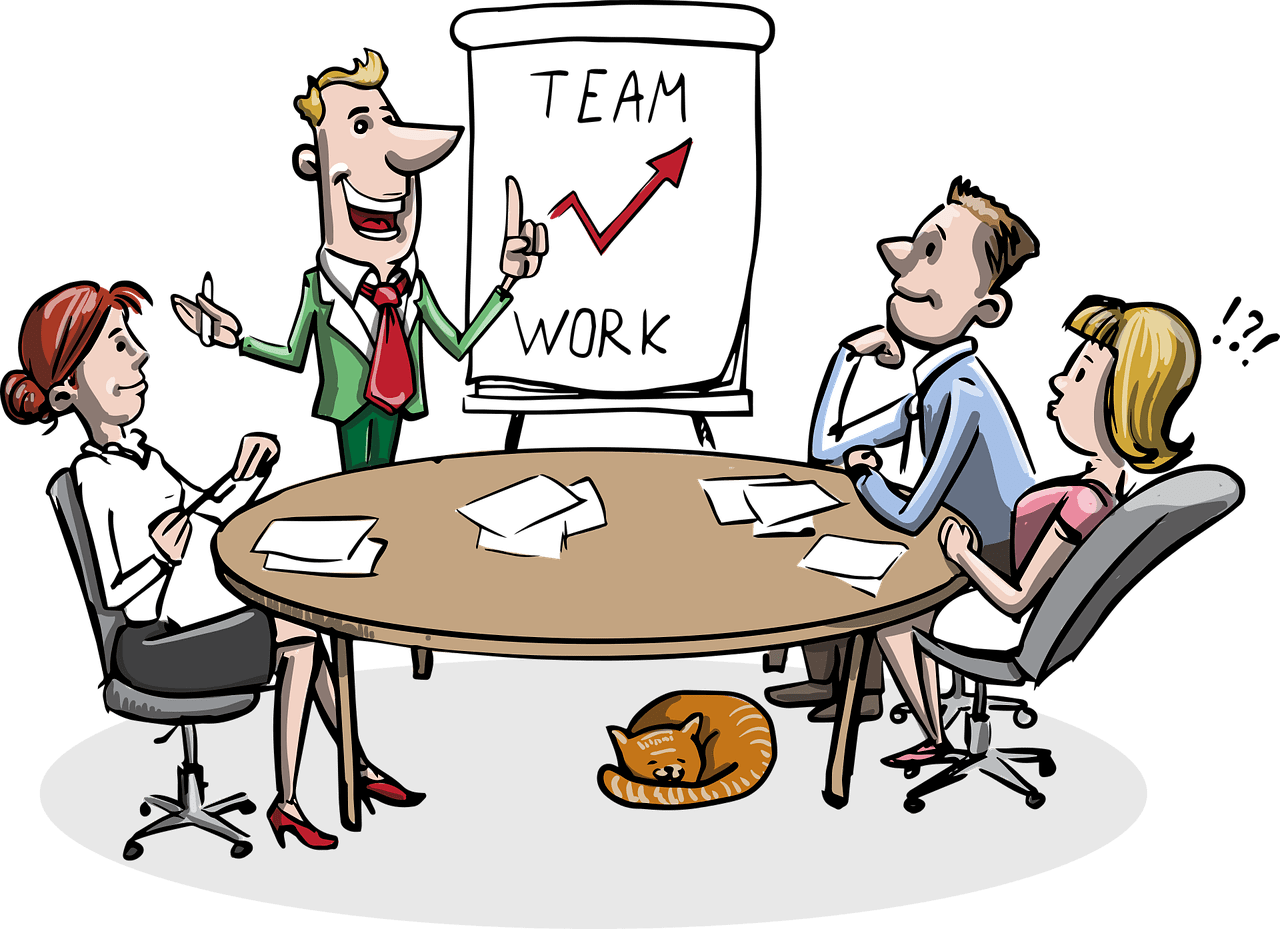The best managers and the best leads know that a team is made up of individuals. That is to say that you can’t have an efficient and happy team, if the people on that team are not equally productive and happy.
But then there is the other aspect to consider: how those team members bounce off each other and work together. Because different personalities are better suited to different types of work, and are more likely to get on with other types.
What this means is that in order to create an optimal team, you need to become an expert in selecting different individuals to work with one another, who will be able to get on and see the project through without butting heads, and without making any glaring errors. It may be beneficial to explore this Ambivert vs Omnivert article to discover the characteristics of such personality types and how they may complement each other within a team dynamic.
Let’s take a look at how you can combine personality types to create the best teams possible.
Examples of How Personality Impacts Performance
To try and understand the importance of individual personalities in team dynamics, let’s consider a few common traits and examine them further here:
Introvert vs Extrovert vs Ambivert
One good dichotomy to consider is the extravert versus the introvert. Contrary to popular belief, introverts as defined in personality theory are not ‘shy’. Rather, an introvert is someone who enjoys alone time and who turns their attention inwards. This is someone who thinks deeply, is self-aware, and likes to mull things over. They ‘recharge’ via this alone time, and can find spending lots of time in the company of others exhausting. Often, they are shy as a result of this tendency, but not always.
Conversely, the extrovert is someone who needs more social stimulation to be happy. They feed off of others and as such, they tend to be outspoken and outgoing.
Most of us in fact fall into a third imaginary category called the ‘ambivert’, who is someone that is able to bounce from one type to the other and back.
All types of person are valuable and useful in business. Whereas the introvert tends to be self-motivated and is likely to think things through well, the extrovert is ideal for bringing teams together and for motivating the group at large.
The danger is that a single introvert in a team of extroverts might feel exhausted and get drowned out by the louder voices – thereby making them unhappy and reducing their contribution to the team.
Big Picture vs Detail Oriented
Another example might be the ‘big picture’ person and the ‘details oriented’ person. Again, both are highly valuable.
Big picture people tend to be dreamers – people who can see the forest for the trees, and who keep the end goal in mind at all times.
Conversely, detail oriented people focus more on the nitty gritty and tend to be more perfectionist in their working style.
While these two people might clash at times and neither necessarily makes the best leader, they both offer something valuable. The big picture person is the ‘ideas person’ and the one who can better understand how the individual pieces fall into place to form a cohesive whole. But without the detail oriented individual, they are prone to making mistakes that can end up being costly. They don’t always remember to dot their I’s or cross their T’s.
Personality Types
Understanding these variables and how to combine them to maximum effect is a key role of any manager. But unless you know each person intimately and happen to have a degree in psychology, that can be a big ask.
This is where personality theory comes into play – and it’s why psychometric tests are so invaluable. These are tests designed to provide general personality descriptions for different types of people, which can then be used to guide these kinds of decisions.
One of the most popular personality type theories comes from psychologist Myers Briggs, who gave us such classic characters as INFP and ESTJ. Here, people are scored on four spectrums in order to yield a unique combination of dominant characteristics.
This test is somewhat old now and has fallen out of use in some circles, but it is still highly influential and certainly has practical benefit in business today.
But there are many competing theories: such as the Four Leadership Personalities, where ‘red’ is a strong willed and purposeful individual, ‘yellow’ is enthusiastic and persuasive, ‘blue’ is precise, and ‘green’ is encouraging and sharing. One of the key takeaways here is that not only a red can lead a team, and that in some cases combining multiple reds can actually be a recipe for disaster.
What to do With This Information
No personality test is perfect, and in fact there is still debate as to whether people even have permanent personalities (that’s a discussion for another day). The fact remains though that psychometric tests are very popular across numerous industries and remain widely used.
While you shouldn’t treat any of these theories as verbatim then, you can certainly gain a lot from spending some time getting to know your staff, and applying a little thought with regards to what they might bring to any given team. You should think too about how to deal with difficult characters (see Mussolini’s ‘Transformismo’), and whether different personalities are likely to clash.
Obviously, any team will already have established dynamics and you shouldn’t dismiss these either. If you know about a dispute between two team members, then you should avoid getting them to work together on important projects. Likewise, if there are rumors of flirtation between colleagues and you are aware that these are causing conflict elsewhere, you should avoid putting them together more often than necessary
Keep personality theories in the back of your mind during these interactions and perhaps collect some data. Then combine all this information to make the best decisions for your team, and to ensure that you get the very most from each individual and the team as a whole.
Image credits






